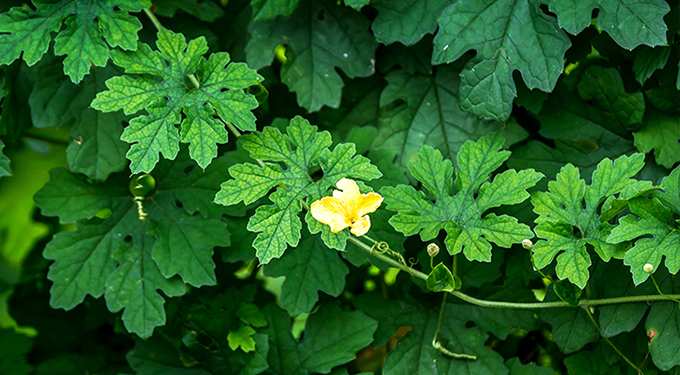Tell us you are Jamaican, without saying that. Well, that’s easy! If you know the word ‘bitters’ that’s a tell-tale sign! Bet you have either eaten or drank some bitter herb when you were not feeling so well. We’ll guess that Cerasee is one that you tried. The herb holds medicinal properties worthy enough to override the bitter taste that lingers!
Native to Africa and the Middle East, the plant is scientifically known as Momordica Charantia.
Now it’s found in almost all parts of the world. Its fruit wears a yellow smooth or sometimes ‘bumpy’ exterior. While it’s a delicacy in Asian cuisine, Jamaicans are interested in the leaves and stems of the Cerasee plant for other reasons. We boil or brew it into tea. Let’s dive into why we romanticize this bitter herb and uncover the potential risks of heavy consumption.
Sweet Benefits
Cerasee is culturally seen as a healing herb
Jamaican folklore believes it is a superior bush that cures all infirmities. We take the tea for hypertension, diabetes, parasitic worms, abdominal pains, detoxing the body and purging the blood. We also use it to relieve children from fevers and even lessen constipation.
Cerasee Plant is filled with Nutrients
Studies show the plant is rich in high concentrations of Vitamins A, B (1,2,3 and 9) calcium, zinc, magnesium, iron and potassium. The leaves also contain several antioxidants, one of which is catechin that helps to lower blood cholesterol levels.
Bitter Potential Risks
Cerasee intake should be regulated
As the saying goes, ‘too much of one thing is good for nothing.’ Cerasee tea is no exception. Medical experts advise that we take it no more than two to three times a month. They also recommend you consult your doctor before use because it can cause side effects in pregnant women that includes vaginal bleeding and abortion.

